An optically active compound having molecular formula C7H15Br reacts with aqueous KOH to give a racemic mixture of products. Write the mechanism involved for this reaction.
Since this is an optically active compound, the three alkyl groups attached to central C-atom have to be different. Thus, the compound C7H15Br had the structure
C2H5−CH3∣C∣C3H7−Br
The reaction may be represented as under :
C2H5−CH3∣C∣C3H7−Br+KOH(aq)→C2H5−CH3∣C∣C3H7−OH+KBr
Mechanism of the reaction
It follows a SN1 reaction

The planar carbocation gives rise to a racemic mixture (d+l) due to two different compounds (optically active) obtained as a result of attack of OH from the front and rear of the planar carbocation.

Topper's Solved these Questions
- HALOALKANES AND HALOARENES BOOK - U-LIKE SERIESCHAPTER - HALOALKANES AND HALOARENES EXERCISE - LONG ANSWER QUESTIONS -I (3 marks each )
38 Videos
- HALOALKANES AND HALOARENES BOOK - U-LIKE SERIESCHAPTER - HALOALKANES AND HALOARENES EXERCISE - SELF ASSESSMENT TEST ( SECTION A )
7 Videos
- HALOALKANES AND HALOARENES BOOK - U-LIKE SERIESCHAPTER - HALOALKANES AND HALOARENES EXERCISE - VERY SHORT ANSWER QUESTIONS (1 mark each )
44 Videos
- GENERAL PRINCIPLES AND PROCESSES OF ISOLATION OF ELEMENTSBOOK - U-LIKE SERIESCHAPTER - GENERAL PRINCIPLES AND PROCESSES OF ISOLATION OF ELEMENTSEXERCISE - SELF ASSESSMENT TEST
7 Videos
- POLYMERS BOOK - U-LIKE SERIESCHAPTER - POLYMERS EXERCISE - SELF ASSESSMENT TEST ( SECTION -A (ASSERTION AND REASON))
2 Videos
Similar Questions
Knowledge Check
An optically active compound having molecular formula C8H16 on ozonolysis gives acetonic as one of the products. The structure of the compound is:
A B
B C
C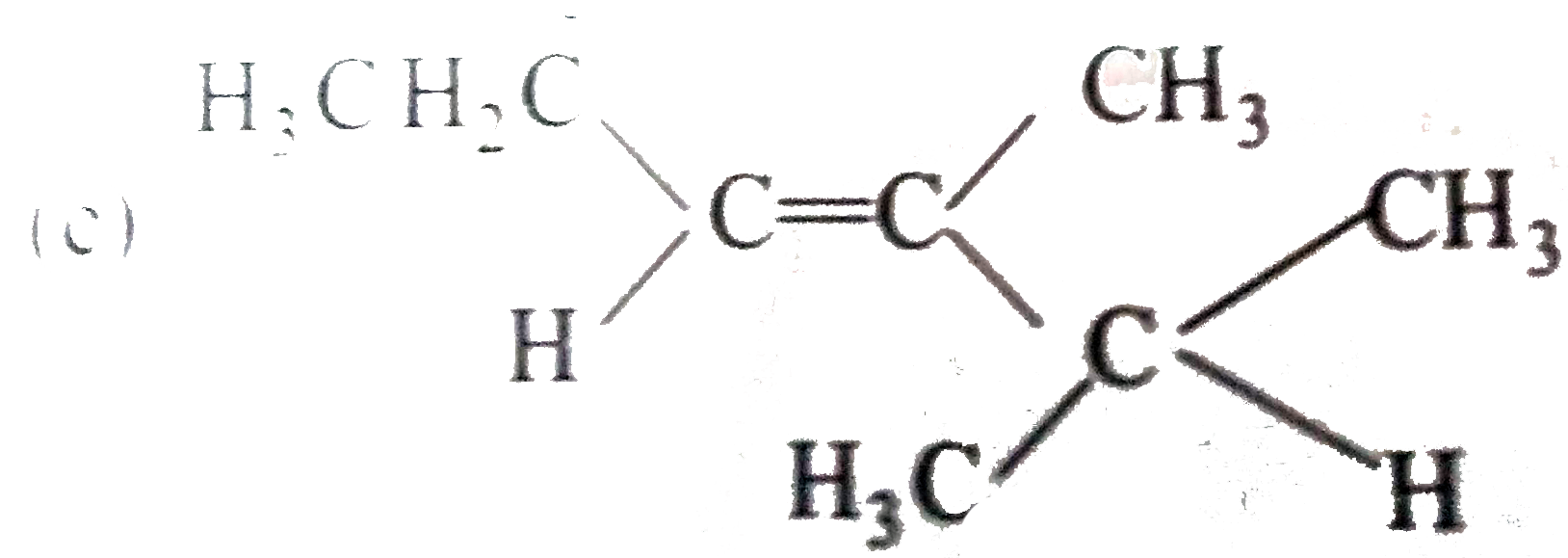 D
D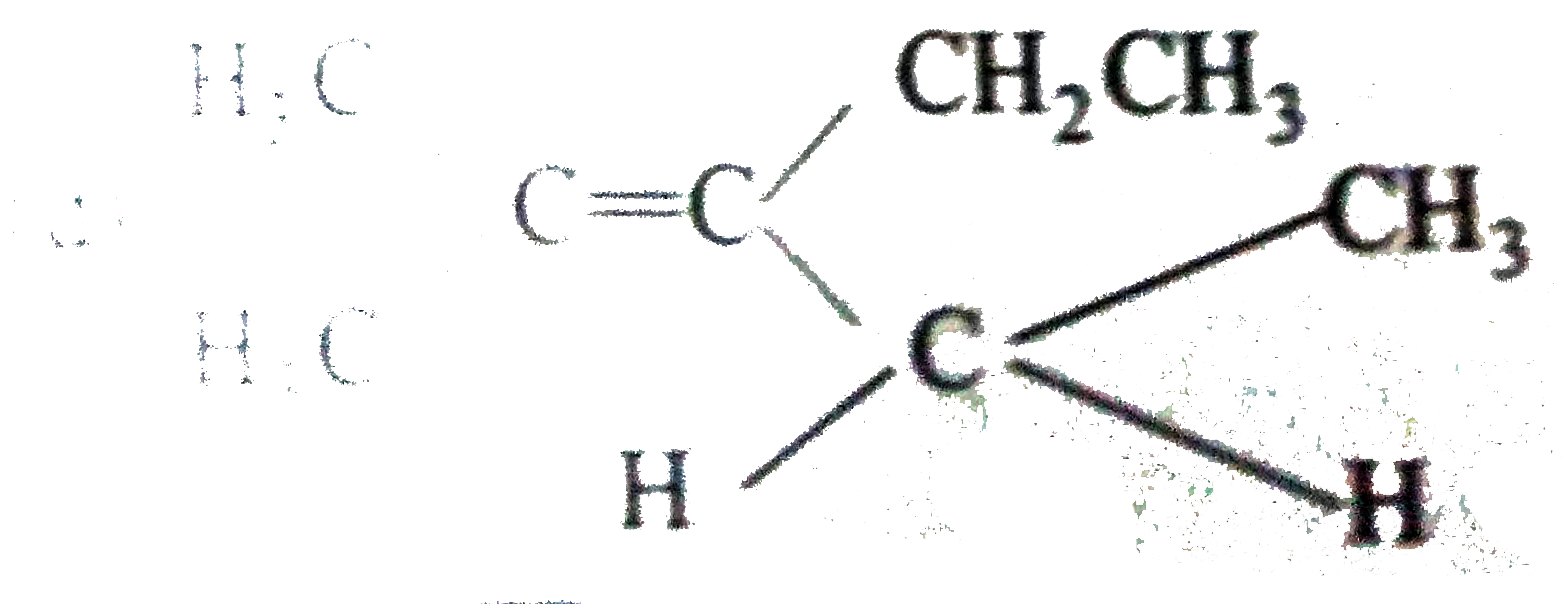
An optically active compound having molecular formula C8H10 on ozonolysis gives acetone as one of the products. The structure of the compound is
A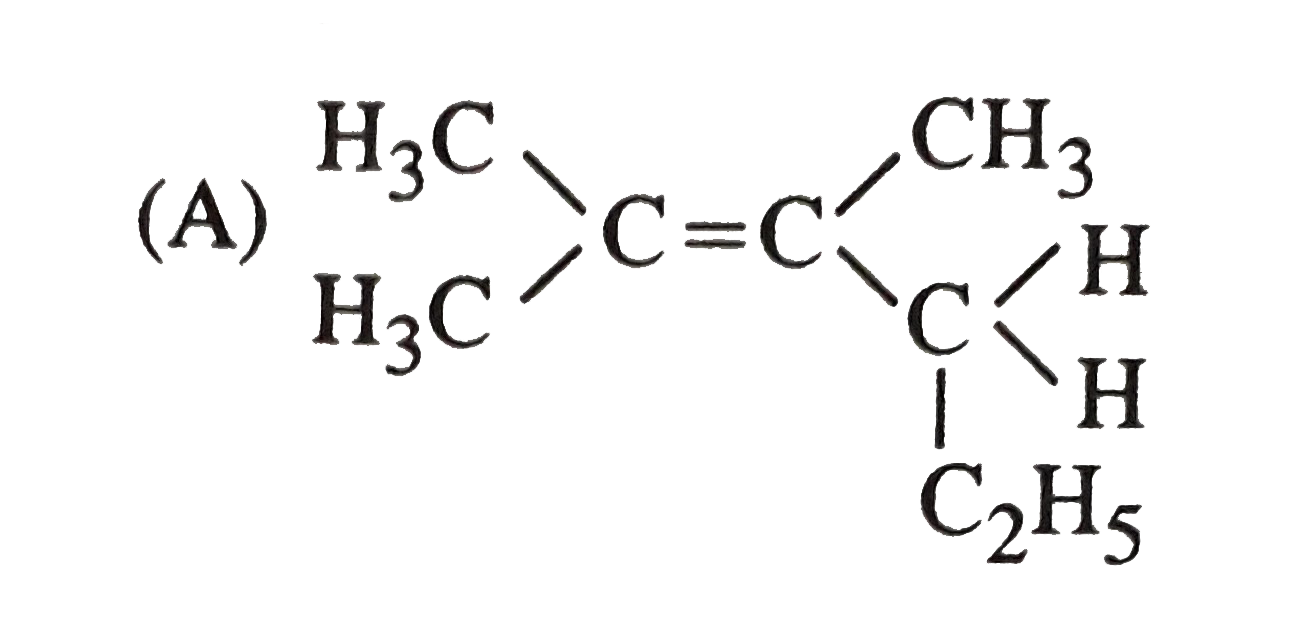 B
B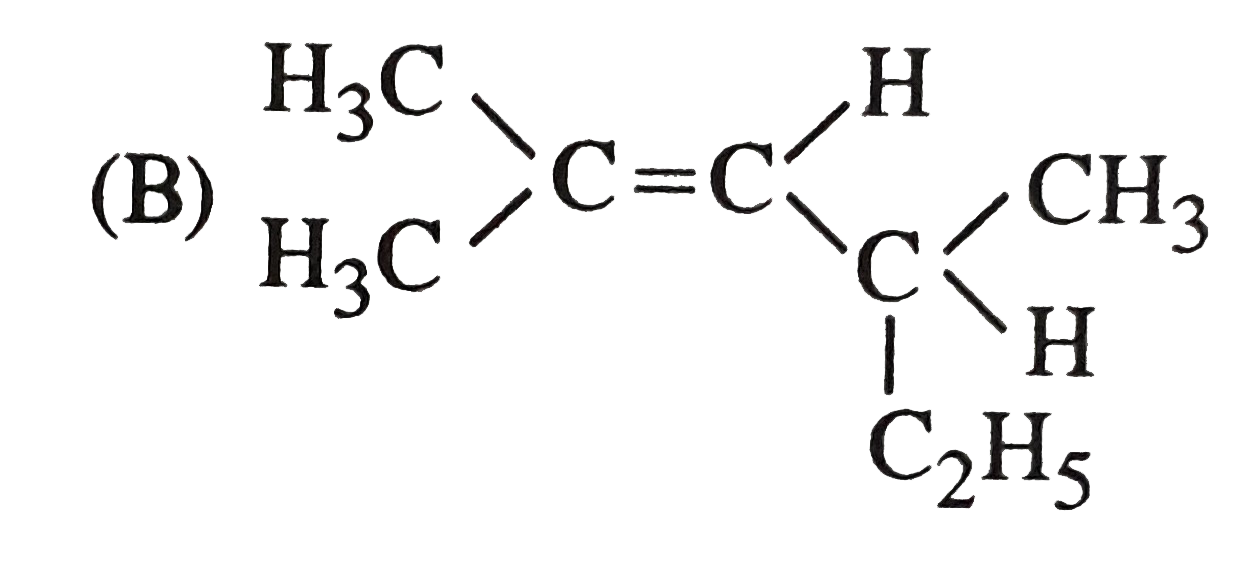 C
C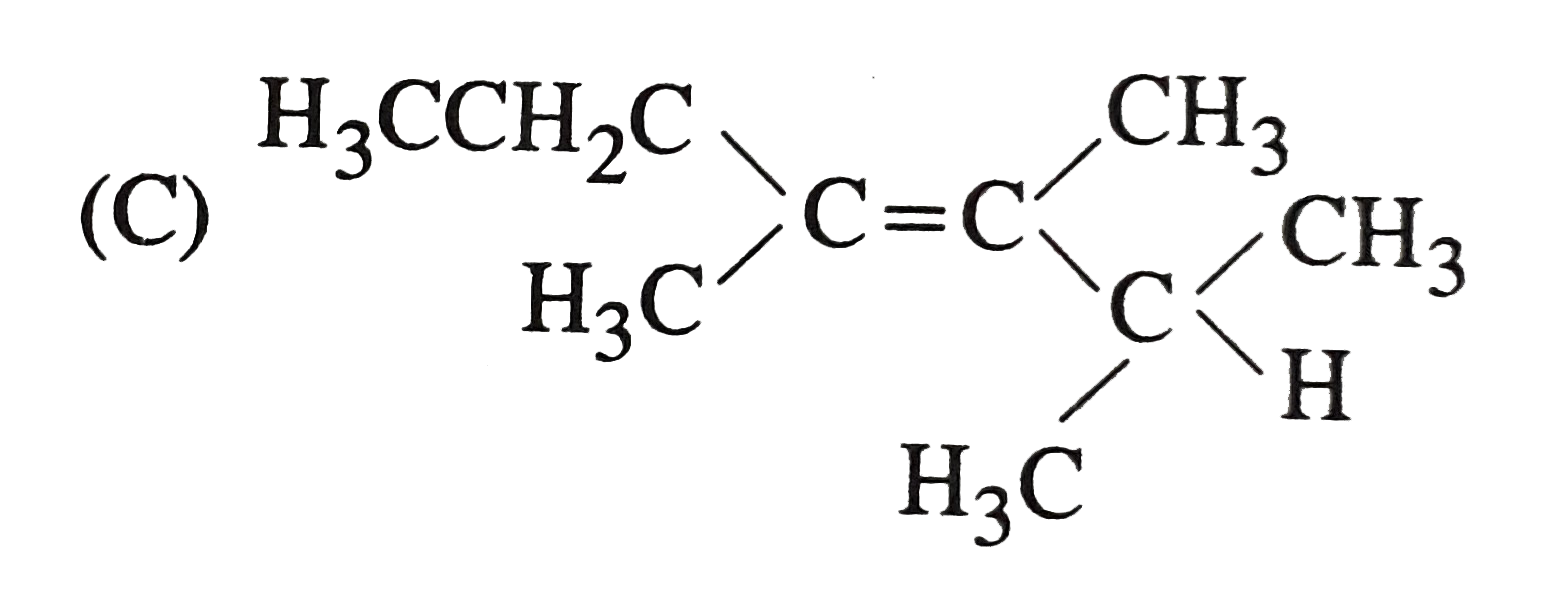 D
D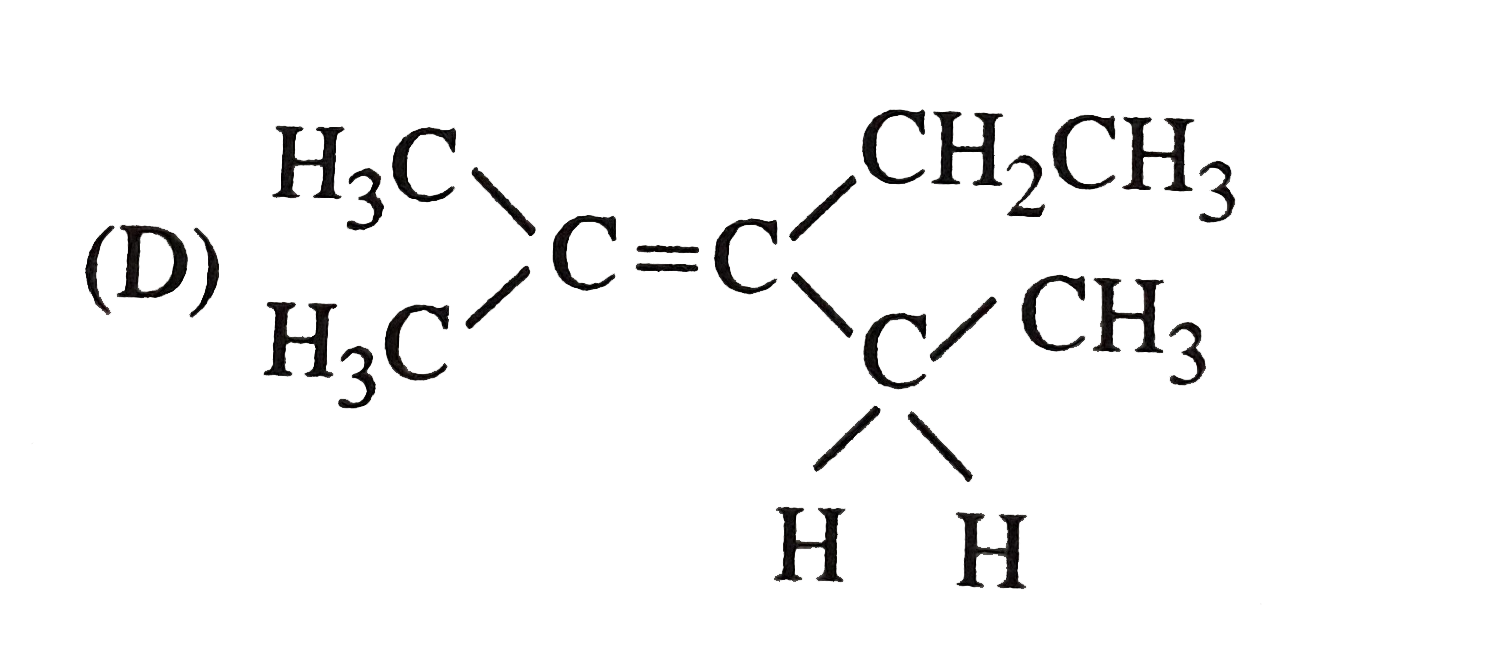
An optically active compound having molecular formula C8H16 on ozonolysis gives acetone as one of the products. The structure of the compound is
A B
B C
C D
D
An optically active compound A (assume dextrorotatory) has the molecular formula C7H11Br. A reacts with hydrogen bromide, in the absence of peroxides to yield isomeric products, B and C, with the molecular formula C7H12Br2. Compound B is optically active, C is not. Treating B with 1 mol of potassium butoxide yields (+)−A. Treating C with 1 mol of potassium tert-butoxide yields (±)−A. Treating A with potassium tert-butoxide yields D(C7H10). Subjecting 1 mol of D to ozonolysis followed by treatement with zinc and acetic acid yields 2 moles of formaldehyde and 1 mole of 1,3-cyclopentanedione.
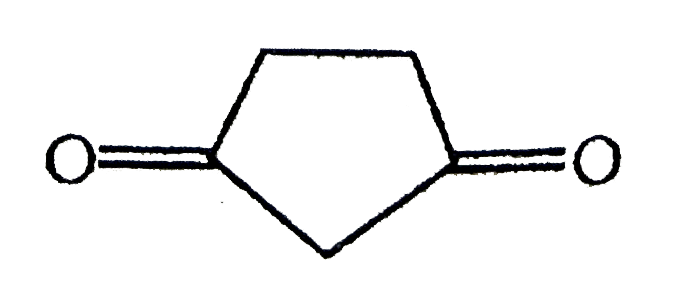
The optically active compound 'A' is
View SolutionOptical active amine of molecular formula C4H11N on reaction with nitrous acid gives
View SolutionAn optically active compound having molecular formula C8H10 on ozonolysis gives acetone as one of the products. The structure of the compound is
View SolutionAn optically active compound A with molecular formula C8H14 undergoes catalytic hydrogenation to give meso compound, the structure of (A) is :
View SolutionAn optically active compound A (assume dextrorotatory) has the molecular formula C7H11Br. A reacts with hydrogen bromide, in the absence of peroxides to yield isomeric products, B and C, with the molecular formula C7H12Br2. Compound B is optically active, C is not. Treating B with 1 mol of potassium butoxide yields (+)−A. Treating C with 1 mol of potassium tert-butoxide yields (±)−A. Treating A with potassium tert-butoxide yields D(C7H10). Subjecting 1 mol of D to ozonolysis followed by treatement with zinc and acetic acid yields 2 moles of formaldehyde and 1 mole of 1,3-cyclopentanedione.

The optically active compound 'A' is
View Solution
